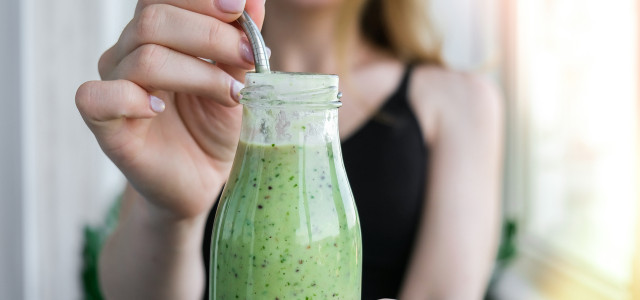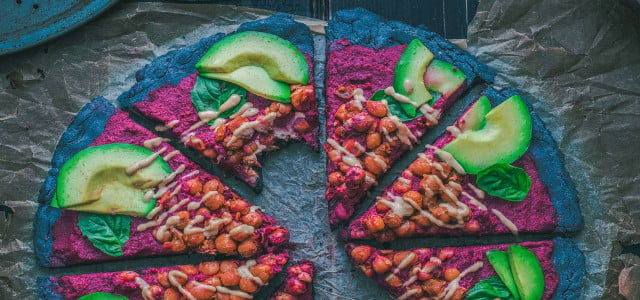Whatever the reason you're considering becoming vegan, you're part of a growing global community. Here are some handy tips on getting started on your journey to veganism!
Want to lower your risk of heart disease? Like the idea of not harming animals? Looking to reduce your carbon footprint? Becoming vegan is the easiest way to achieve all these goals in one fell swoop.
That’s not to say becoming vegan is necessarily easy. You might be ready to take the plunge into a vegan lifestyle, or maybe you’re dragging your heels at the thought of living in a cheese-less world; this change requires foreplanning. But, never fear. With the ever-increasing abundance of vegan chefs, influencers and books available, there has never been a better time to take the plunge and discover how to become vegan.
If you’re looking for tried-and-tested advice to get you on your way, look no further.
What Does It Mean to Be Vegan?
Being vegan means living a lifestyle where you cause as little suffering to animals as possible and seek to exclude all forms of animal cruelty for any reason. The most obvious way that our lives interact with those of animals is in the food we eat, but it can also include what clothes we wear and our lifestyle more generally.
Although vegans are often portrayed as a homogenous group, there are actually two main subsects of veganism: dietary and ethical. Whereas dietary vegans mainly follow a plant-based diet with no animal products like meat and cheese, ethical vegans go “the whole hog,” so to speak. That means they follow a fully-fledged vegan lifestyle, including refraining from buying leather items and other products made from animals. For the purposes of this article, we will cover some tips for those following the latter form of veganism — which also encompasses dietary veganism.
#1: Write Down All of the Reasons You Want to Go Vegan
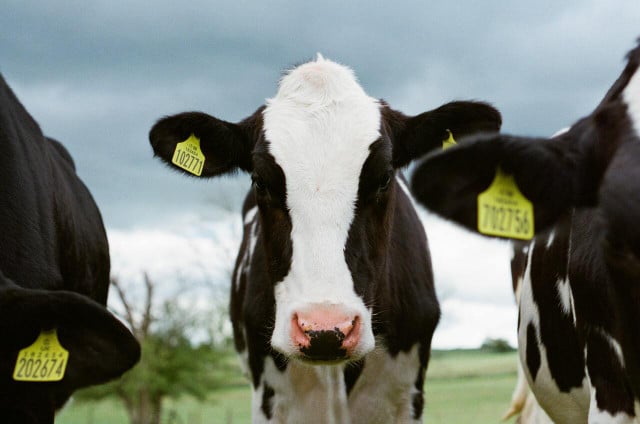


(Foto: Photo: CC0 Public Domain / Unsplash - Jakob Cotton)
Going vegan is a huge lifestyle change, often requiring a few big sacrifices. Before you start, it can help to remember why you are taking these steps and what you’re working towards. Before you begin the journey, jot down all of the reasons you want to become vegan in the first place. We’ve mentioned a few already, but the more personal they are to you, the more likely they will motivate you when times are tough. Here are some ideas:
- How do you feel when you eat meat or dairy?
- What are your environmental concerns?
- What does an ideal planet look like to you?
Keeping these notes on hand can help fortify your commitment when you feel weak or tempted.
#2: Understand Good Nutrition
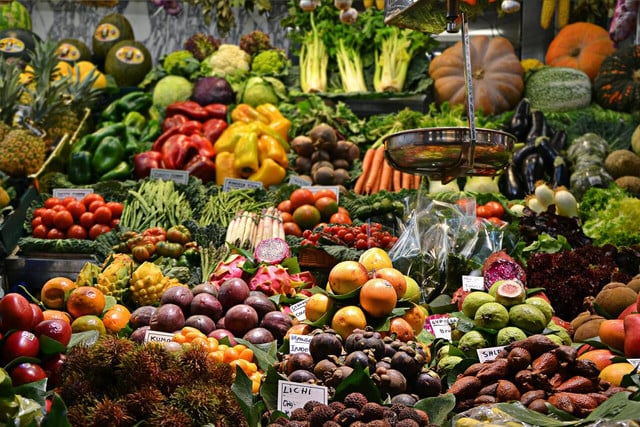


(Foto: Photo: CC0 Public Domain / Unsplash - Jacopo Maia)
Right at the beginning of your journey is the perfect time to come to grips with the nutritional implications of a vegan diet. Luckily, there is no shortage online of excellent reading material. The Vegan Society, Veganuary and nutritionfacts.org are great places to start regarding important dietary dos and don’ts. Of course, a vegan diet is only healthier than a non-vegan one when your body gets everything it needs.
Think about it. If you’re asked whether meat-eating diets are healthy, it would depend, right? If someone is not taking care of their nutrition and only eating jerky for three meals a day, we would say no. But, if they were eating foods from all food groups and processed food in moderation, we would say yes. The same applies to vegan diets.
Natural ingredients
Start by buying ingredients as close to their natural state as possible. That means fresh fruit, veg and starches such as potatoes. Rice, other grains and ingredients should not have additives or flavorings. You can always add things to them while you’re cooking, but sticking to natural ingredients means you better understand what you’re putting in your body.
Vitamin B12
As a vegan, it’s important to ensure you get enough nutrition. It’s worth noting that many vegans take supplements of Vitamin B12, which is usually found in meat, fish, eggs, and dairy. A lack of Vitamin B12 can cause anemia and numbness. You can also ingest this vitamin via fortified foods such as plant milk and cereals, which are readily available in most supermarkets.
Protein
It’s a common misconception that we need dairy and meat to get enough protein — protein can be found in beans, legumes, pulses, grains, nuts, seeds and vegetables. It’s also a misconception that we need loads and loads of protein in our diets. Just 0.8 grams of protein per kilogram of body weight will do. However, if you’re concerned, there are many vegan protein supplements on the market that are simple to cook. It’s also possible to get enough protein from plant sources.
Calcium
Fortified plant milk like soy or almond, fortified yogurt alternatives and other products, including calcium-set tofu, can contain the same calcium as their dairy-based counterparts. Soya and linseed bread fortified with extra calcium are also rich sources. Just keep an eye on the food labels in the “free-from” section of your local supermarket. Usually, products will clearly state whether they are fortified with calcium. Of course, there are also several delicious and natural sources of calcium for vegans.
#3: How to Become Vegan: Get Inspired



(Foto: Photo: CC0 Public Domain / Unsplash - Sincerely Media)
It takes mere seconds to see how many vegan tips and recipes there are on the internet. You don’t need to eat the same thing more than once, or wonder where to buy vegan versions of just about anything. Undoubtedly, there will be a listicle, blog, YouTube channel or book dedicated to exactly what you’re looking for.
Some great places to start are:
- Vegan cookbook and website BOSH!
- British writer and dub-poet Benjamin Zephaniah
- Athlete and blogger No Meat Athlete
- YouTuber Mina Rome
- Vegan activist EarthlingEd
#4: Discover New Foods
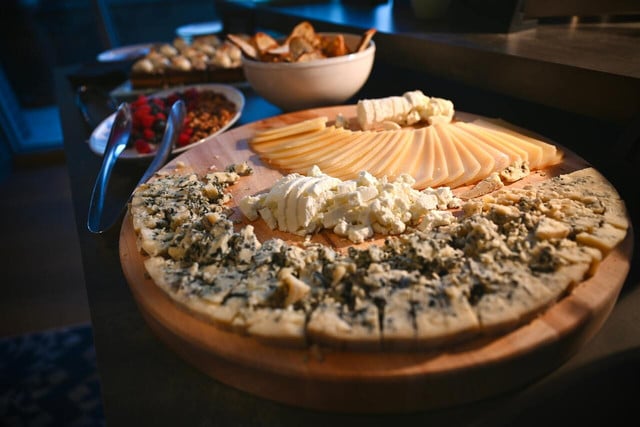


(Foto: Photo: CC0 Public Domain / Unsplash - Andra C Taylor Jr)
Even the most adventurous eater will find new things to discover along the vegan aisle, and new items pop up every day. More and more delicious vegan substitutes for cheese are appearing on the market, and the rise in competition means quality and overall cheesiness are growing quickly. Whereas just a few years ago you had to choose between Quorn, Quorn or Quorn as a meat substitute, today there are several tasty varieties and options for bacon, BBQ and seafood replacements, and everything in between.
“People see veganism as so restrictive and about saying no, but it’s about saying yes — to different things.”
Dining out as a vegan is also easier — and more fun — than ever. Most restaurants have at least one vegan option. Furthermore, many chains now offer an entirely plant-based menu section to cater to the growing demand for vegan food. And, if vegan options are limited, there are many resources online to help you hack the menu — for example, this one for In’N’Out.
Check out apps or sites like Happy Cow to find vegan restaurants near you.
#5: Make Changes Gradually
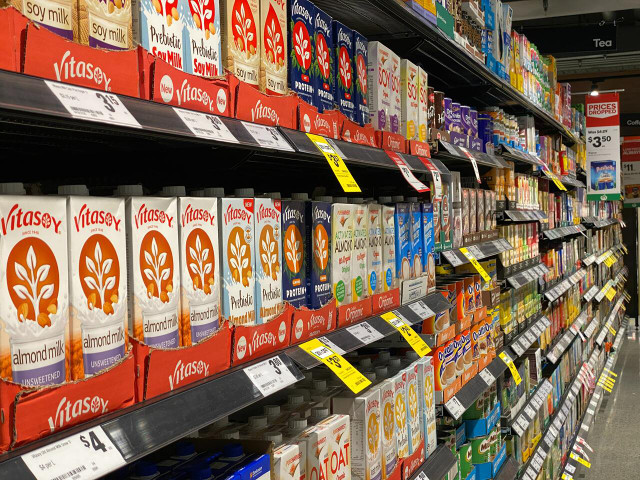


(Foto: Photo: CC0 Public Domain / Unsplash - Franki Chamaki)
No change as big as going vegan needs to happen all at once. If you’re transitioning from a meat-eating diet or simply want to test the waters before you dive right in, taking it slowly is a good idea. Make small, gradual changes to your diet. Start with experimenting with vegan breakfast options. Some options to try include:
- Cereal or granola with soy milk and a sliced piece of local fruit
- Your usual eggy breakfast with plant-based eggs instead
- French toast made with cornstarch and plant milk
Even removing animal products from one meal a day is a big improvement for the planet and for animal welfare. Once you’ve nailed the small changes and feel confident about moving forward, add vegan lunches to the menu, then dinners, and before you know it you’ll be a full-fledged vegan!
You can even try changing one product at a time. You could start by swapping:
- Cow’s milk for a plant-based milk of your choice
- Butter for coconut oil or margarine
- Meat for tempeh or seitan
There’s a plant-based alternative for almost every type of food you can think of, so you don’t have to miss out on any of your favorite foods.
#6: How to Become Vegan: Learn the Labels



(Foto: Photo: CC0 Public Domain / Unsplash - Nathalia Rosa)
Note that the term “vegan” is not regulated in the USA by the USDA, FDA, TTB or any government entity. So, companies and products can self-certify as vegan even though they might not be, or there can be aspects of the supply chain that vegans may object to, like animal testing.
Keep an eye out for labels like the Suitable For Vegans or Certified Vegan logos, which make it immediately clear if something is suitable for vegans. These logos ensure that products contain no animal products and are not tested on animals at any part of their production.
PETA has a handy list of animal-derived products on their website — give these a read, as there may be some surprises.
Final Thought: Go Easy On Yourself!
Keep your end goal in mind, but go at your own pace. It’s a marathon, not a sprint, and it’s more important to stay healthy and happy with your new lifestyle than do everything all at once. Every person is unique, so finding your best strategy can take time.
Remember that if you mess up, it’s not the end of the world. Practice some self-forgiveness and try again. If you need inspiration, look online for the thousands of people who have made or are making the transition, and find solace in knowing you are not alone. The environment and animals worldwide are cheering you on!
Want to learn more about sustainability and the environment? Follow us on Instagram or Twitter!
Read more:
- Famous Vegetarians: 19 Celebrities You Didn’t Know Don’t Eat Meat
- Are French Fries Vegan? Here’s Why Not [2022]
- Veganuary: How to Go Vegan This January
Do you like this post?






